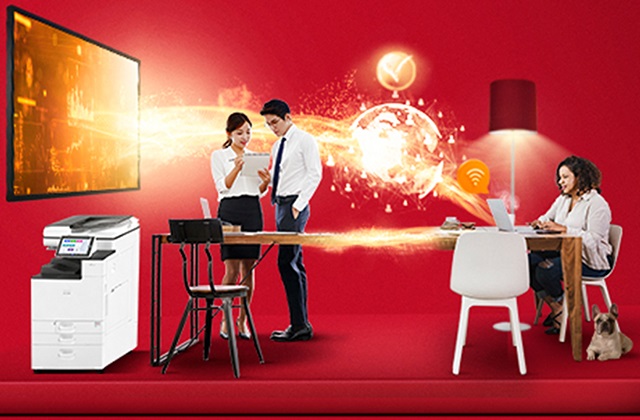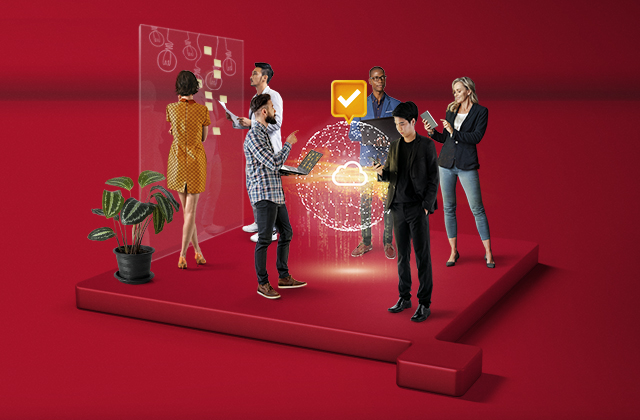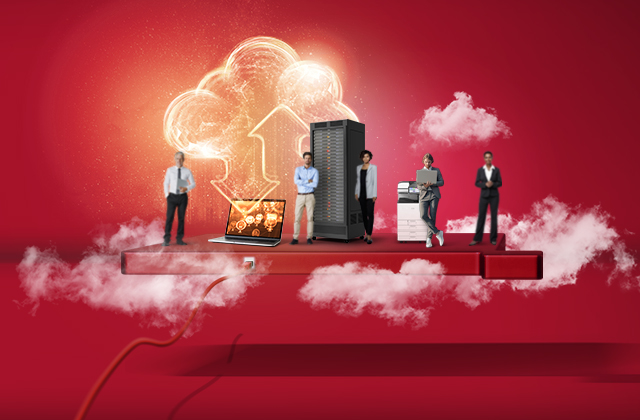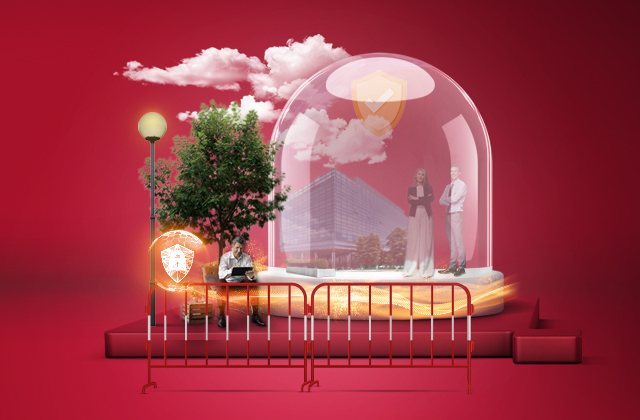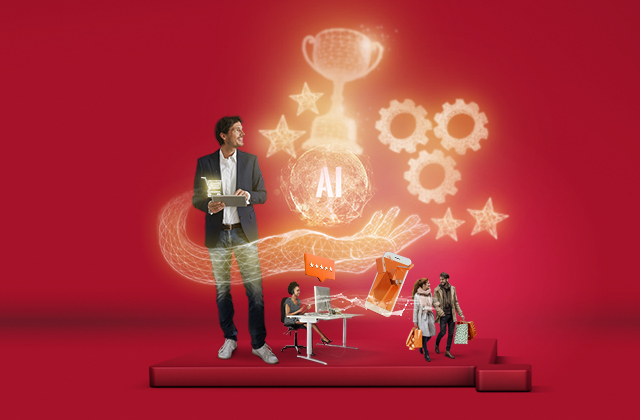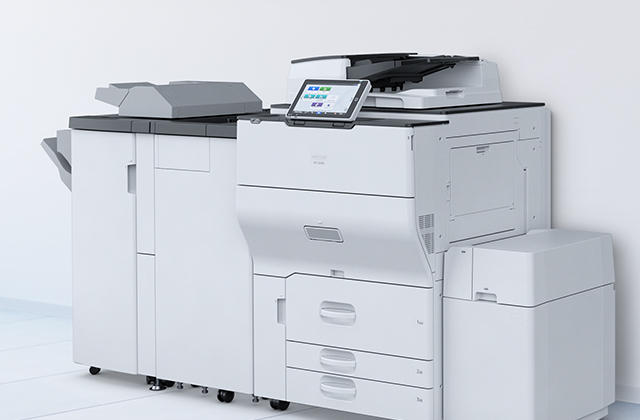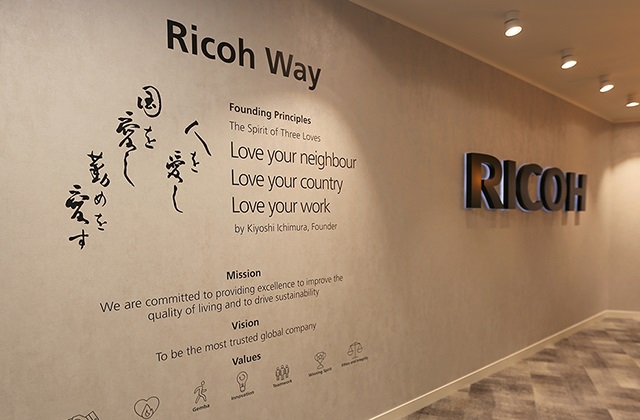The future workplace: How technology is shaping the employee experience
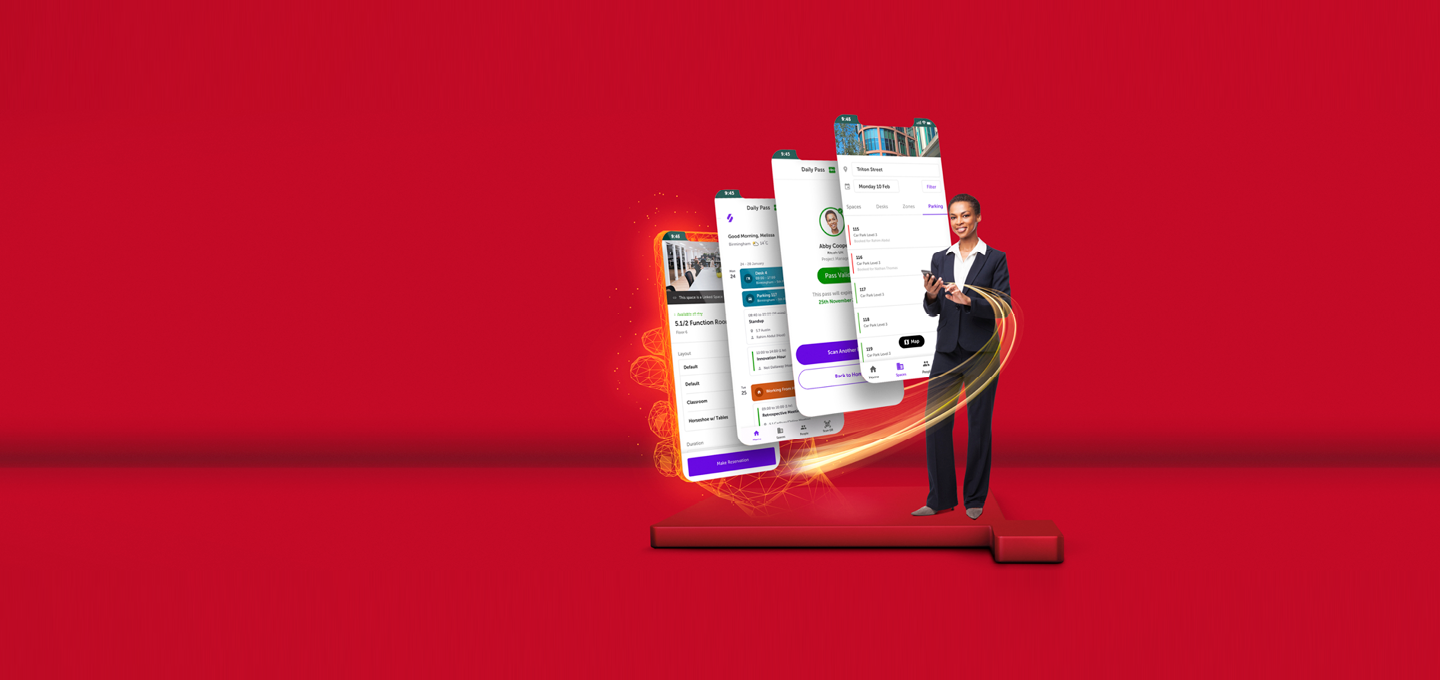
Embracing Dynamic and Flexible Workspaces to Stay Competitive

Almost two-thirds (64%) of workers say they would enjoy their work more if they had more time for creative tasks.
Why employee experience is important
Create flexible spaces to support hybrid working
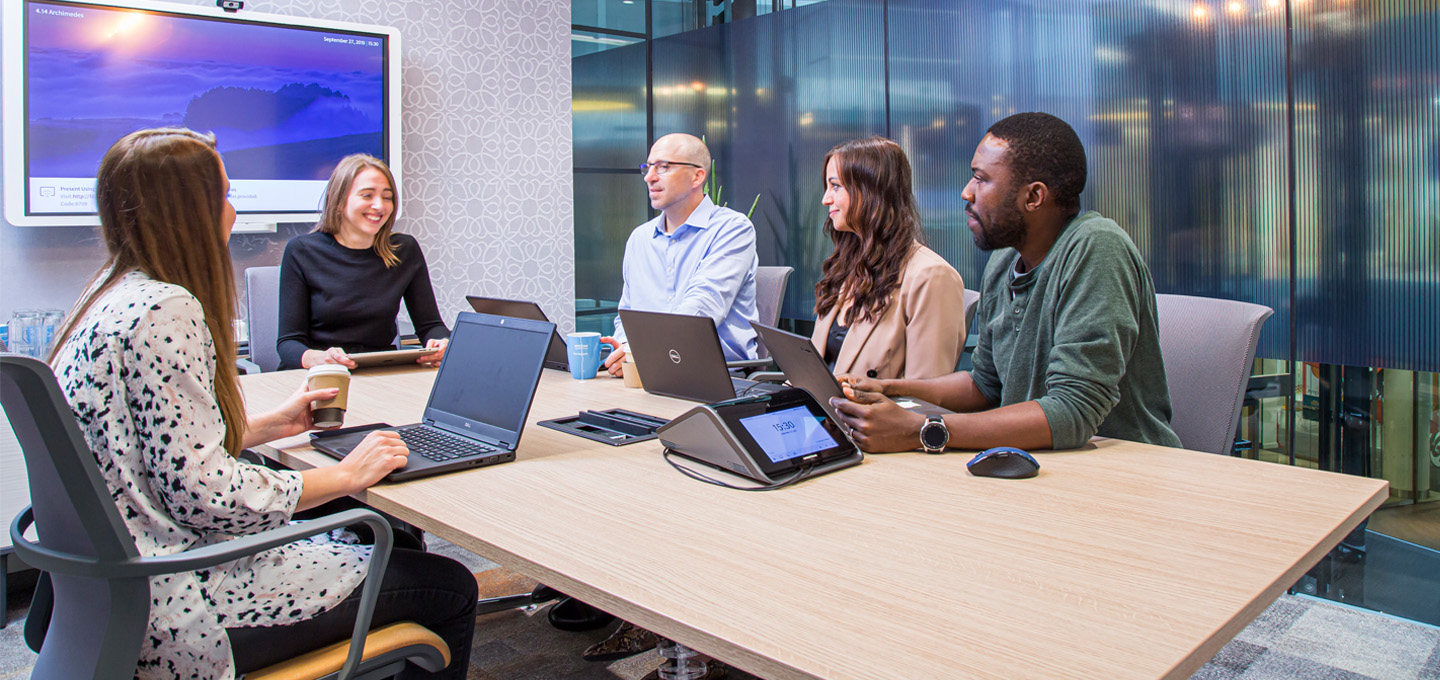
Simplify daily tasks
Optimise your office space

Nathan Thomas
Head of Product, RDx Ricoh Europe
Let’s connect
Talk to a Ricoh expert
Get in touch with one of our consultants and find out how we can help your business.
References
I Warwick - New study shows we work harder when we are happy
III Beezy - 2021 Digital workplace trends & insights


